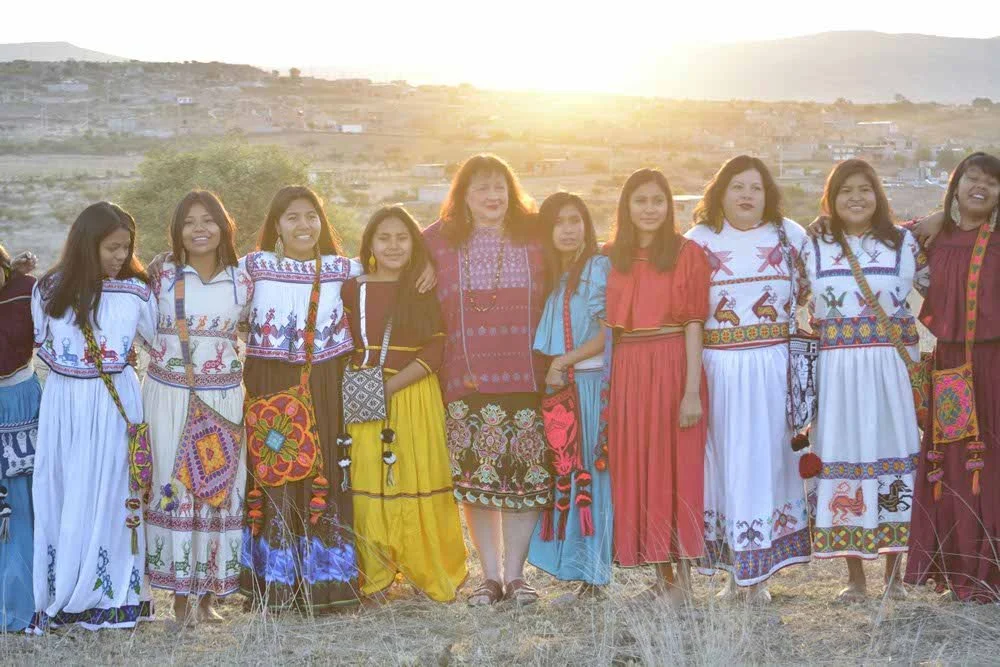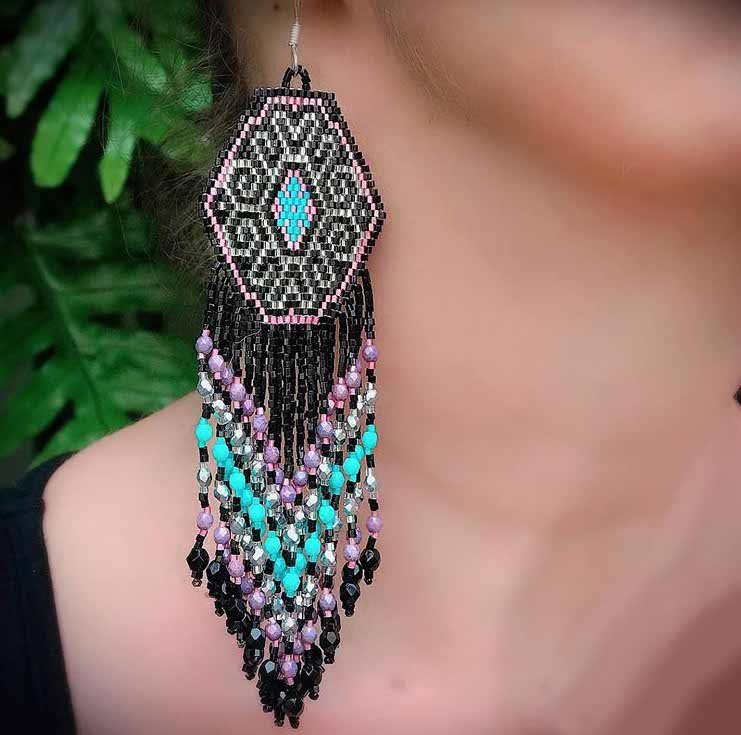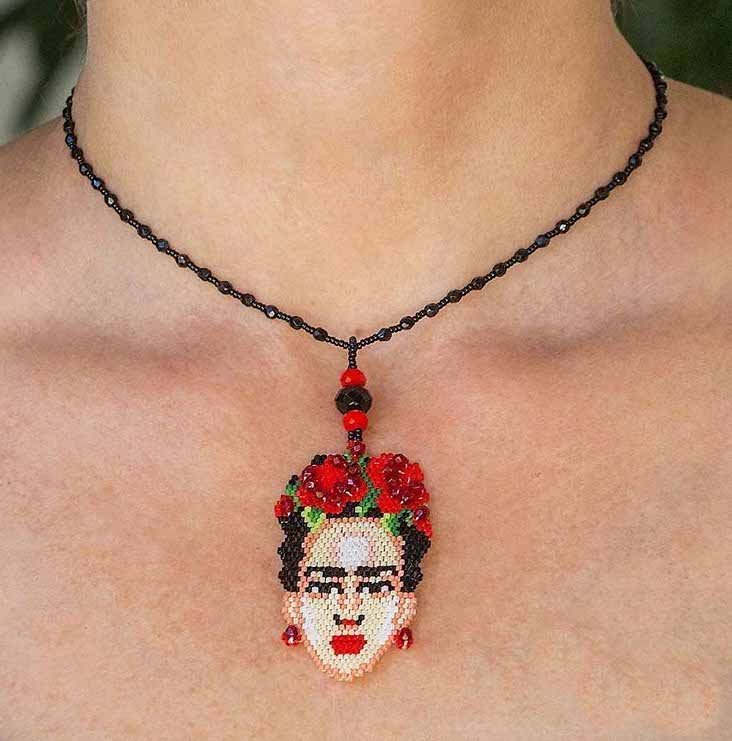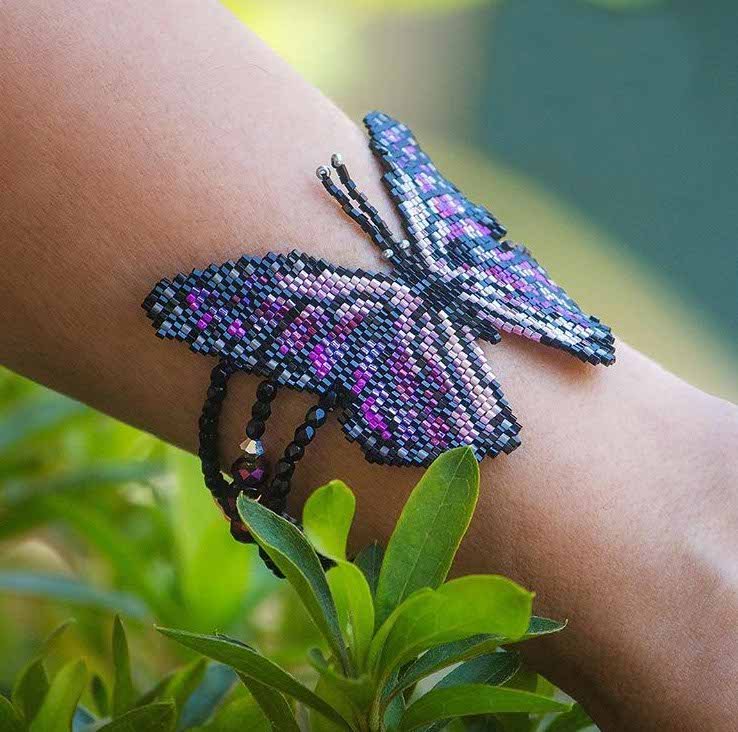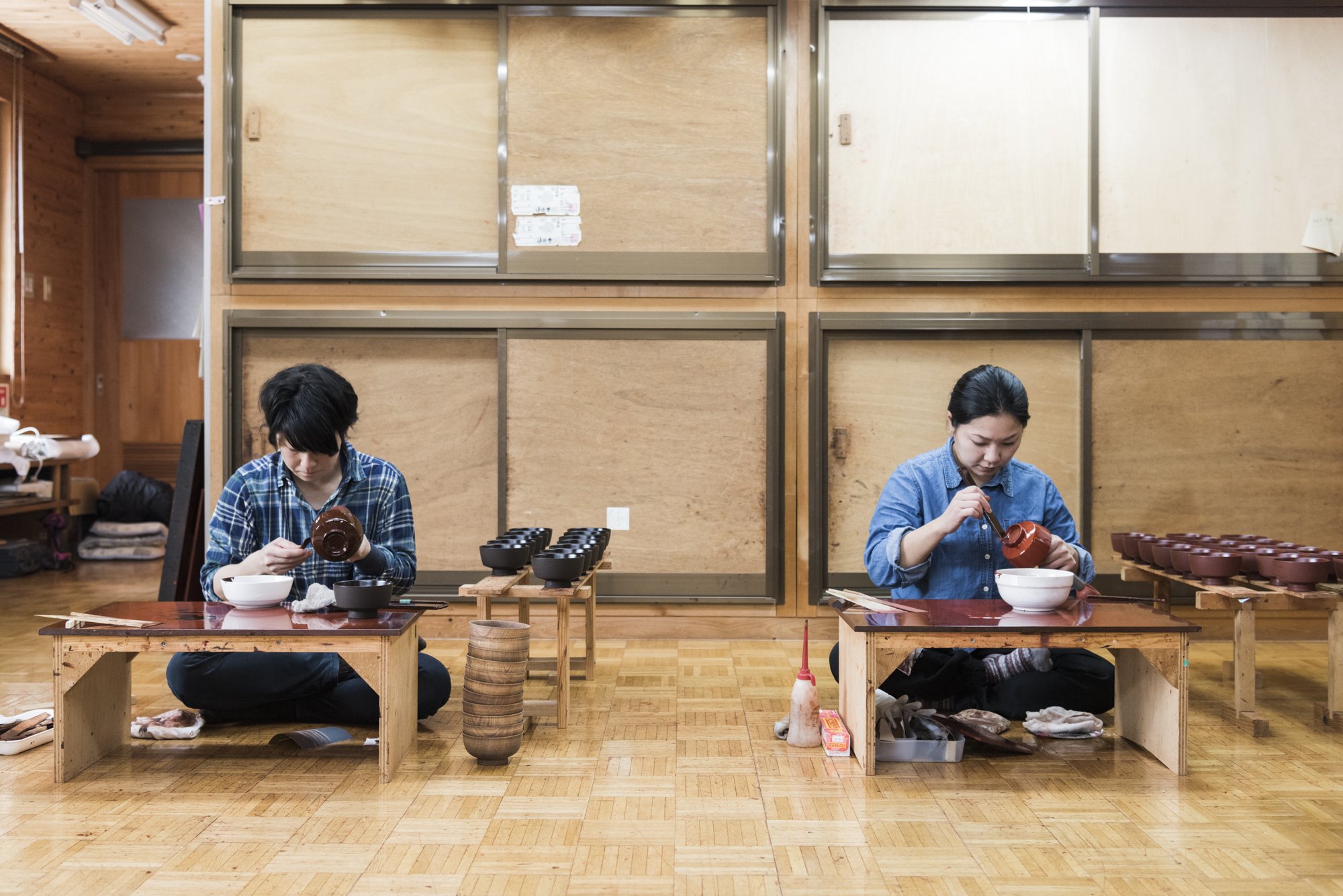The Huichol Center for Cultural Survival and Traditional Arts
The Voice Of Wixarika People In Every Bead
The Huichol Center for Cultural Survival and Traditional Arts, known in Mexico as the “Centro Indígena Huichol,” was founded by UCLA anthropologist Susana Valadez in 1977. Located in the remote town of Huejuquilla el Alto, Jalisco, the non-profit was established to support the endangered Wixarika (Huichol) tribe as its members are forced to transition into contemporary society. The Wixarika people have a long cultural tradition of making beadwork with intricate patterns for personal adornment, livelihood, and spiritual inspiration.
Traditional Wixarika beadwork was limited to a few available colors and materials, but these constraints have lifted with access to modern materials. The Center and its Wixarika artists now have access to an extensive variety of colors, beads, glass crystals, semi-precious stones, and needles, all leading to a wider range of innovations. Wixarika beading is done freehand using needles to weave the beads into place. Important symbols in traditional designs include peyote, deer, god’s eye, fertility lines, water, fire, and nature. The commerce of jewelry being the main source of income for the Center has led to innovations in designs and color combinations to appeal to a global marketplace.
The beadwork passes down a large inventory of traditional symbols to future generations, thus conserving many Wixarika cultural traditions and icons that may have otherwise disappeared. No matter how innovative a new design might be, as one bead artist states, “Every bead I string is a prayer for the world.” By creating stable jobs in native arts, the Huichol Center helps to offer long-term solutions to sustain the Wixarika’s traditions and maintain the quality and the dignity of their lives in these challenging times.


